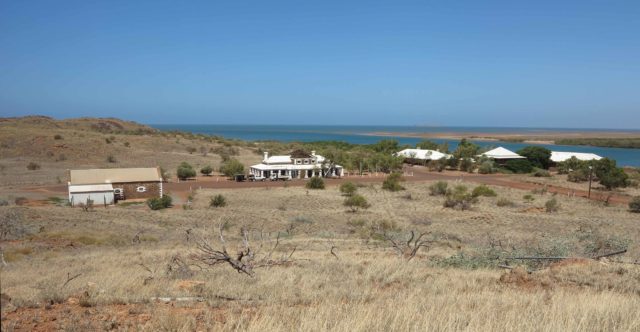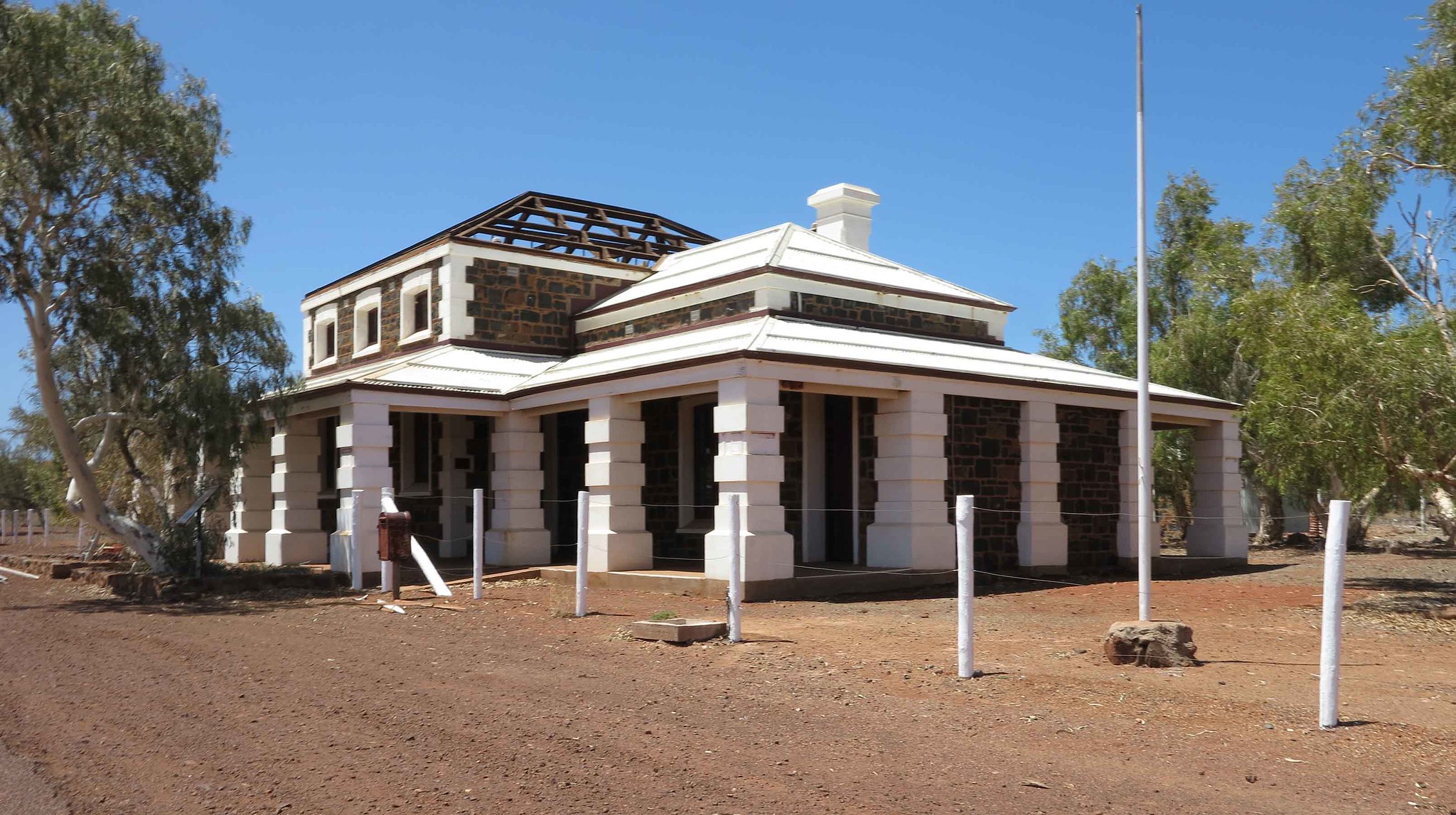The historic ghost town of Cossack is located at the mouth of the Harding River, in the Pilbara region of Western Australia. The small town of Roebourne is just 14 kilometers (8.6 miles) to the south.
There is only one road into Cossack, and that is across the causeway that was built in the 1870s. This ghost town is a remarkable place where history has been kept alive thanks to some of the buildings being preserved.
Eight bluestone buildings have been restored to their former glory and are listed by the National Trust. Despite the other buildings being in ruins, visitors to the town can gain an insight into what life was like in the 1870s.
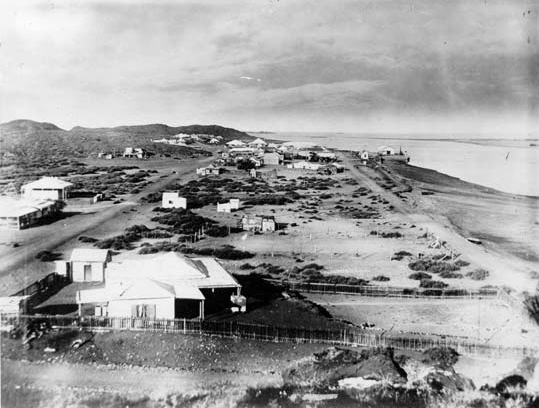
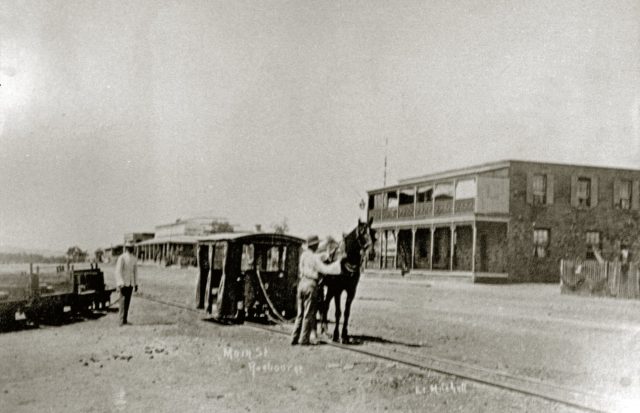
Cossack made a name for itself with its pearling port. Not only was Cossack’s port the first one in the North West, but it was also seen as crucial to livestock farming in the area. The town was also part of the gold rush.
To begin with, the town was known as Tien Tsin, the name of the boat that brought the first settler, Walter Padbury, to the area. It became known as Cossack in 1872, once again being named in honor of a boat, this time the one that carried the Western Australian Governor, Sir Frederick Weld, to the town in 1871.
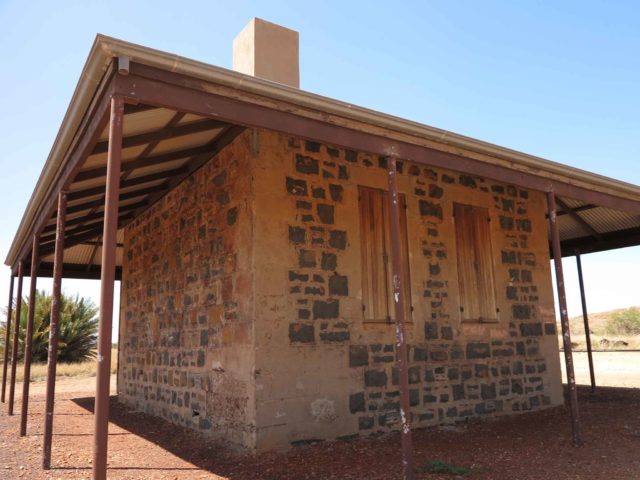
It has been said that Cossack was the birthplace of the pearling industry. By the 1870s, there were up to 80 luggers in the area. A cyclone damaged the town and all the boats in 1881. By 1885, Cossack’s port was in use again, but only had 44 vessels operating out of it.
Cossack ended up being dissolved in 1910, following the construction of the Point Sampson Jetty. It was eventually abandoned altogether in 1950 after the pearl industry moved to Broome and the gold rush was over. The port at Cossack was just not built to deal with the larger ships of the 20th century.
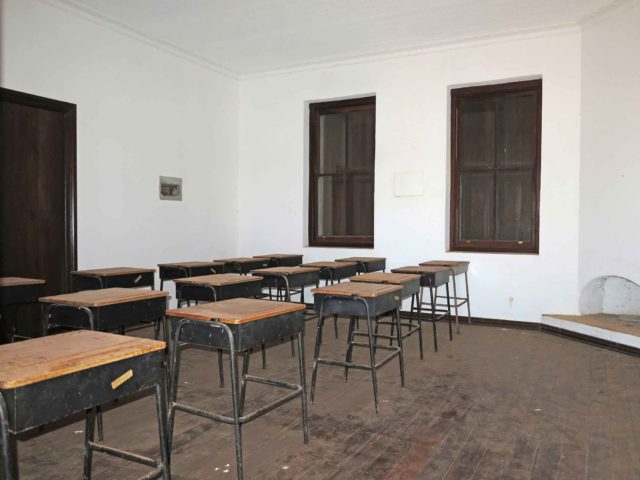
Many of the structures fell into ruin, ravaged by the frequent cyclones in the area. However, some of the buildings were deemed to be historically significant, and funds were sourced to provide for their restoration.
Visitors are now able to explore the customs house, the courthouse, the post and telegraph office, the bakehouse, police buildings, and one of the stores that operated there known as Galbraith’s store. Many of these buildings are listed by the National Trust of Australia.
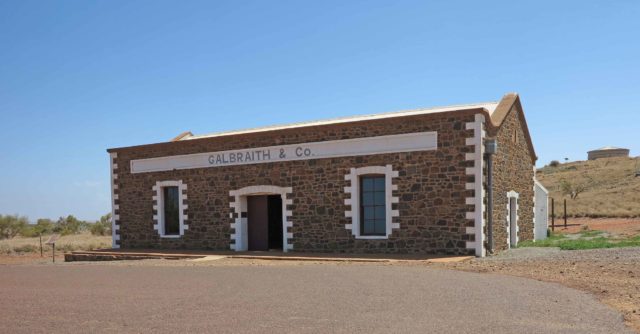
Today, the area is part of the Cossack Heritage Trail. Electronic copies of the trail can be downloaded from internet tourist sites, and paper copies are available at the Karratha Visitor Center.
It is possible to follow the trail by car or on foot. If walking, explorers are taken to sites such as the courthouse, the police barracks, the customs house, and the wharf. For those in a car, they can see the Chinese market gardens, the tram station, the schoolhouse, and the Tien Tsin lookout.
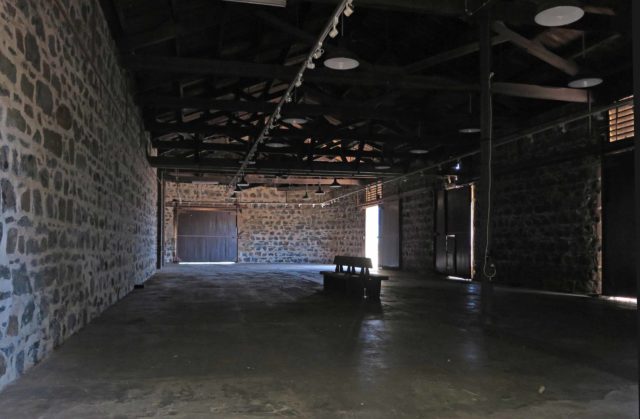
Most of the time, the area is very serene, and plenty of people like to fish for mackerel, salmon, bream, mangrove jack, and barramundi at the edge of Butcher’s Inlet. For those wanting culture, there is a museum, a cafe, and a souvenir shop. It’s also possible to swim and snorkel off the beach.
Visitors in July will find themselves caught up in the Cossack Art Award festivities. This is the nation’s richest regional art prize, and an exhibition is held in the town, with entries filling up several buildings.
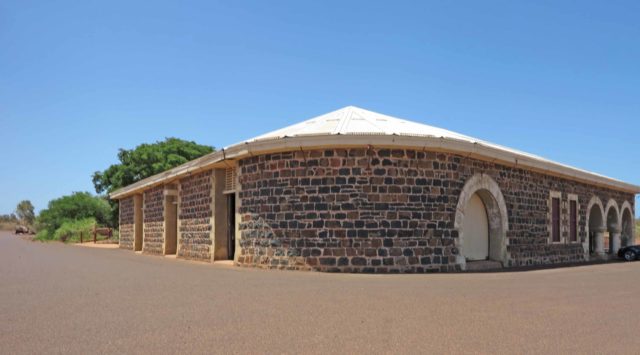
For those visitors who want to enjoy an extended stay at Cossack, the former police barracks have been turned into a budget hotel that operates between March and December. Alternatively, there are also campsites in the area.
The photos of Cossack were taken by Berkeley, who had the opportunity to visit the ghost town and capture a sense of its abandonment. A big thank you to him for giving us permission to share these pictures as a way to show the history of this place. Check out his Flickr account where you will find more of his work.
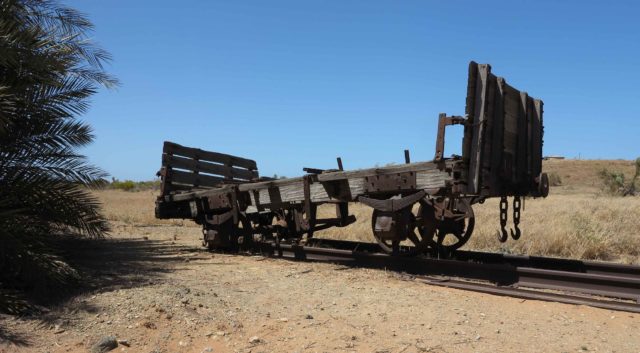
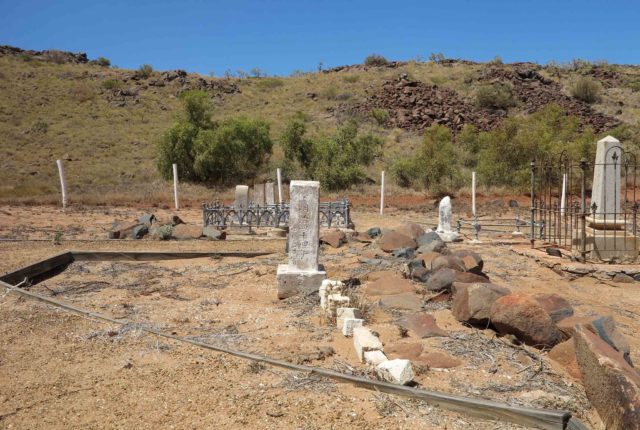
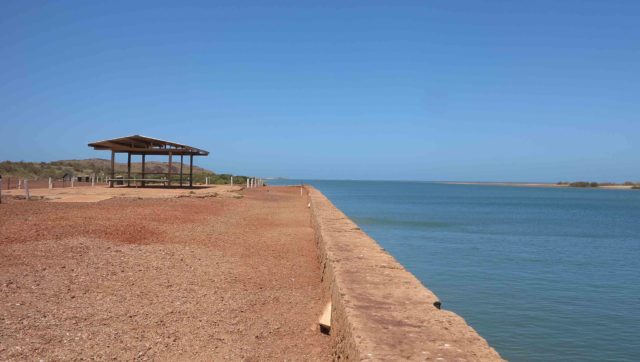
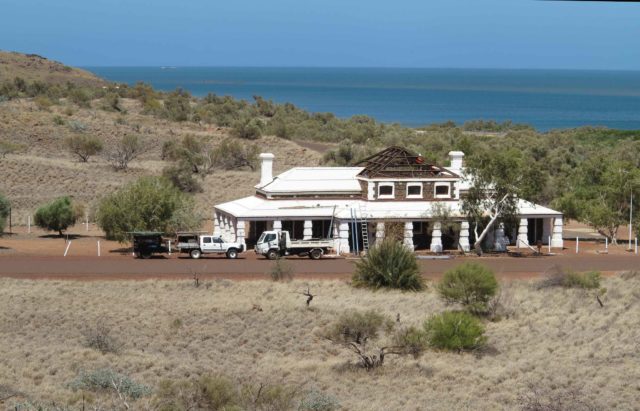
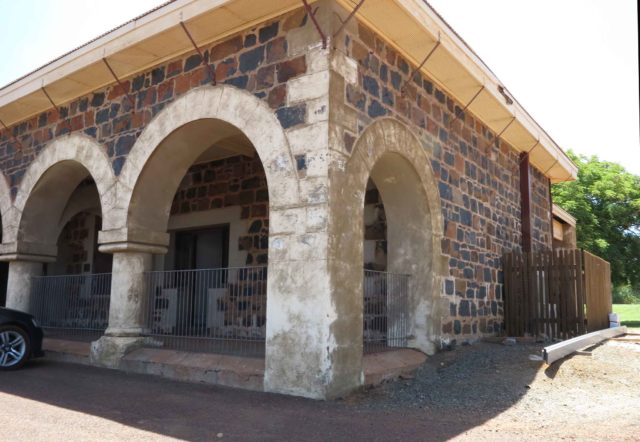
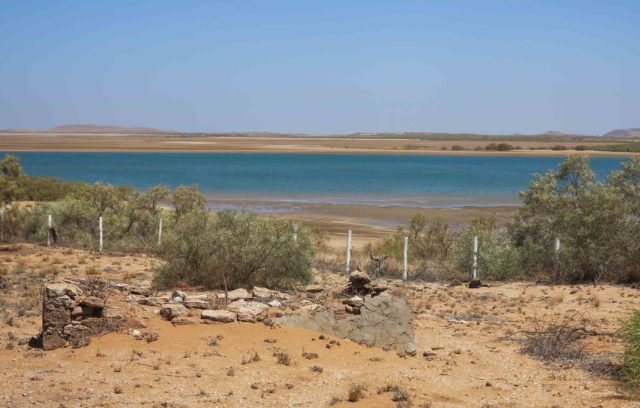
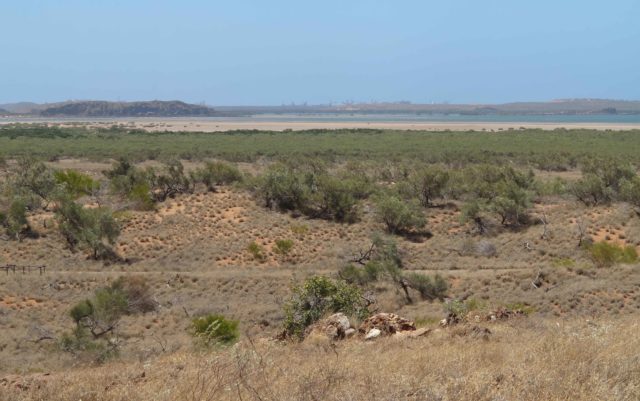
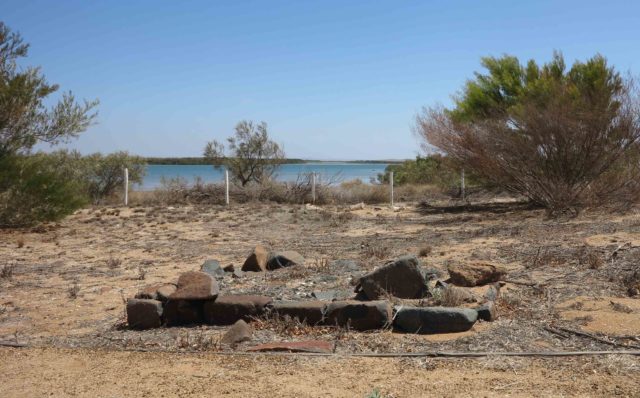
Another Article From Us: Power Station EC2 in Łódź, Poland
